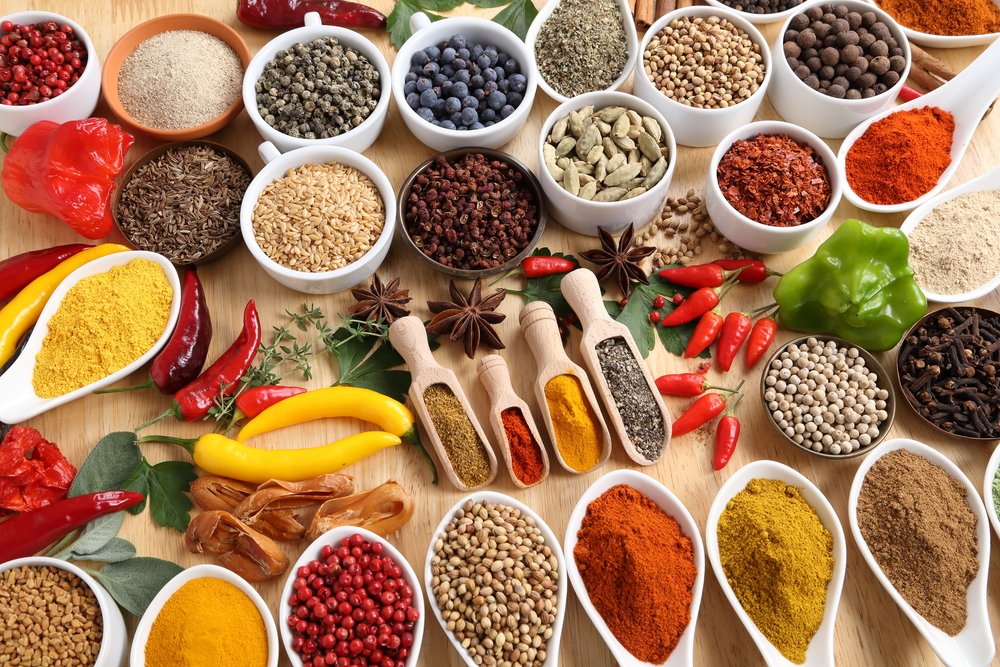
The integrated food ingredients market size accumulated a value worth USD 69,510.0 million in 2023. It is anticipated to reach a market value of USD 112,848.7 million by 2033, growing at a CAGR of 5.2% through 2033.
The market for integrated food ingredients is being pushed forward by factors such as
- Growing popularity of food encapsulation technology
- Improvements in high-efficiency equipment for mixing integrated food components
- A growth in the number of end-use applications is a key macroeconomic variable positively driving the global integrated food ingredients market.
- Nutrition and taste convergence, as well as rising demand for natural flavors and fragrances, will help to increase the market’s development rate.
- Another important driver is the rising demand for convenience and processed foods, which will accelerate the rate of expansion of the integrated food ingredients industry.
- Given their multi-functionality, hydrocolloids have a wide range of applications. This is likely to fuel the expansion of the integrated food ingredients industry.
Stay Ahead of the Curve: Get access to our latest market analysis and learn how you can leverage key insights to make informed investment decisions.
Consumer preferences are evolving often because of diet-diversified portfolios, growing urbanization, and the increased availability of foreign direct investment in the food sector. The rise in purchasing capacity, income, and large consumer demand for healthy and nourishing items are projected to present advantageous prospects for global growth and expansion.
Certain varieties of food product interests have become essential to some consumers’ identities. The integrated food ingredient industry and the processed food market have a tight association, with the former providing practical advantages and personalized value-added services based on end-user applications. Consumers today are more conscious of label claims, ingredient lists, and dietary profiles.
Norms regulating the type of ingredient used, a description of all constituents on labels, and other comparable regulations are stifling the expansion of the integrated food ingredients business. Government controls bind them because consumer health is a top issue. Furthermore, more developments are possible if government laws are loosened and more companies are encouraged to come up with better products.
Key Takeaways
- The United States controls the worldwide integrated food ingredients industry with a value share of 18.7% in 2023.
- Germany accounts for 6.6% of the overall value of the global integrated food ingredients market in 2023.
- Australia has 1.9% of the global market for fermented dairy ingredients.
- China is exhibiting a phenomenal CAGR of 10.6% in the global integrated food ingredients industry.
- In the global market for integrated food ingredients, India has a phenomenal CAGR of 4.8%.
- Japan accounts for 4.0% of the global integrated food ingredients market value
Competitive Landscape
In the integrated food ingredients industry, there are many reputable businesses. Considering the market is still in its early stages of expansion, it provides thrilling possibilities for new enterprises to join. Furthermore, market leaders are employing a variety of organic and inorganic strategies to gain a competitive advantage.
Some of the key players proliferating in the market are
- Archer Daniels Midland Company
- BASF SE
- Cargill, Incorporated
- E. I. du Pont de Nemours and Company
- Firmenich SA
- International Flavors & Fragrances Inc.
- Kerry Group
- Koninklijke DSM N.V.,
- Symrise
- Tate & Lyle PLC
Recent Developments
- IFF (International Flavours and Fragrances) Inc., a worldwide food, beverage, health, and bioscience leader in February 2023, entered into an agreement to sell its Flavour Speciality Ingredients (FSI) business to Exponent, a UK-based private equity firm for $ 220 million.
- BASF, in July 2023, signed an agreement to supply Neopentyl Glycol from Zhanijang to KHUA. This letter of Intent was signed to establish a long-term partnership between both parties.
Secure Your Copy Now: Gain full access to the Integrated Food Ingredients Industry report, including Market Forecast, Company Share Analysis, Competitive Intelligence, DROT Analysis, Market Dynamics, Challenges, and Strategic Growth Initiatives.
Key Segments in the Integrated Food Ingredients Market
By Source:
- Microbial & Fermented
- Artificial
- Animal
- Plant
- Seaweed
By Product Type:
- Sweeteners
- Vegetable Fats & Oils
- Food Hydrocolloids
- Food Enzymes
- Food Colors and Flavors
By End-Use:
- Dairy Products
- Frozen Foods
- Meat, Poultry, Seafood
- Pet Food
- Sauces, Dressings, and Condiments
- Beverages
- Bakery and Confectionery
- Snacks
By Functionality:
- Stabilizer
- Thickener
- Leavening Agent
- Emulsifiers
- Fortifiers
- Gelling Agent
- Flavoring and Coloring Agent
- Preservatives
By Region:
- North America
- Latin America
- Asia Pacific
- MEA
- Europe
About Future Market Insights (FMI)
Future Market Insights, Inc. (ESOMAR certified, recipient of the Stevie Award, and a member of the Greater New York Chamber of Commerce) offers profound insights into the driving factors that are boosting demand in the market. FMI stands as the leading global provider of market intelligence, advisory services, consulting, and events for the Packaging, Food and Beverage, Consumer Technology, Healthcare, Industrial, and Chemicals markets. With a vast team of over 400 analysts worldwide, FMI provides global, regional, and local expertise on diverse domains and industry trends across more than 110 countries.
Contact US:
Future Market Insights Inc.
Christiana Corporate, 200 Continental Drive,
Suite 401, Newark, Delaware – 19713, USA
T: +1-845-579-5705
For Sales Enquiries: sales@futuremarketinsights.com
Website: https://www.futuremarketinsights.com
LinkedIn| Twitter| Blogs | YouTube